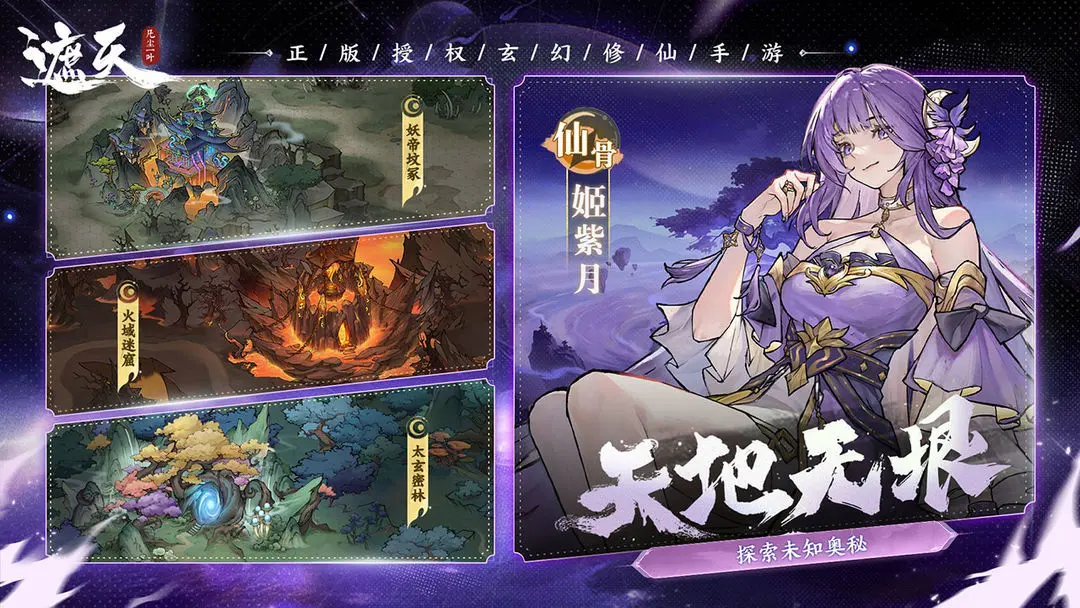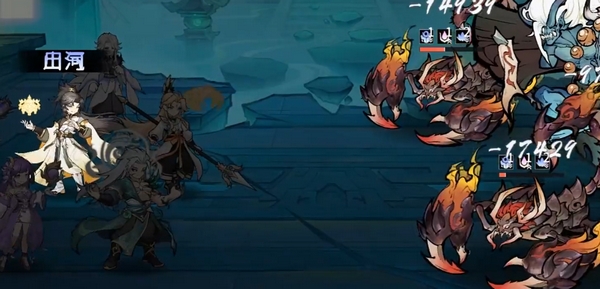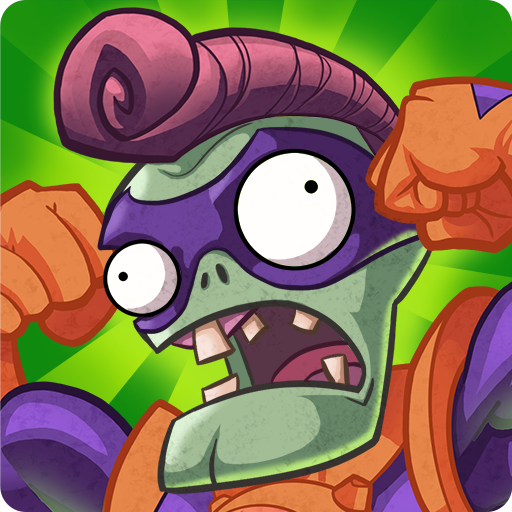When it comes to side-scrolling tower defense games, Plants vs. Zombies is a title that cannot be overlooked. Although it's an old game, its gameplay is very engaging. Recently, players have been discussing a lot about its third-generation new work. Below, we will introduce the Plants vs. Zombies 3 plant guide. To successfully pass through the levels in the game, the first step you need to take is to understand the plant guide in the game. This third generation has made many changes to the plants, and if you don't know them well, it can be quite troublesome to pass the levels smoothly. Below, we will bring you introductions to several signature plants.
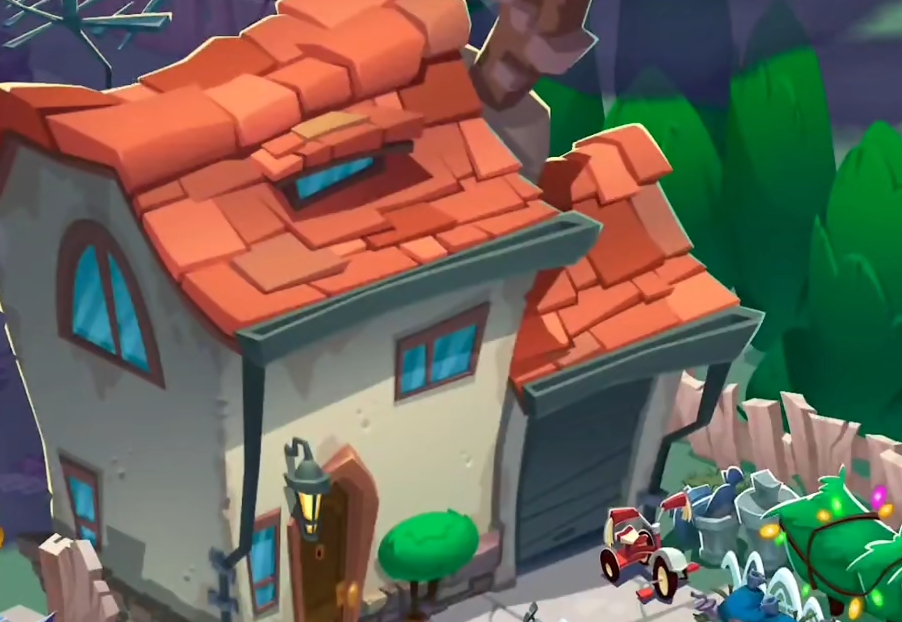
1. Cactus
This plant appeared in the previous works, and in this version, the cactus looks a bit more stylish. It is a long-range attack unit with 300 HP and 50 attack points. Overall, its attack power is not low. Its planting cooldown time is relatively short, and the sun cost is 4, which is neither too much nor too little. Its attack method is to fire one spike to the right, causing 100% of its attack damage to each hit enemy. Its skill allows for piercing attacks; during the skill activation period, the piercing attack damage is not low, making it very suitable for dealing with large groups of enemies on a single path. Overall, the cactus is very useful in levels where there are many concentrated enemies.

2. Ginseng Master
This plant is one that players can obtain in the mid-to-late stages of the game. The plant's image is that of an elderly person. It has 300 HP, which is not very high. It does not have any attack power and is a support type of plant. Its main ability is to heal other plants. Its basic attack is life restoration. The attack range is 1 tile, healing 400 HP to friendly units on the right adjacent tile every 2 seconds. When Ginseng Master's skill is activated, it restores 1000 HP and replenishes 15 energy points to the plant on the right adjacent tile. Overall, the Ginseng Master's healing ability is very strong. However, its healing range is too small, which is its drawback.

3. Lychee
This is a melee attribute plant. It has 2500 HP, which is very high. Its attack power is 30. The plant's cooldown time is relatively long, at 20 seconds. However, the sun cost for summoning it is not high, only 2. Its basic attack is an area attack, causing 50% of its attack damage to all enemies within a 3x3 range. The attack speed is not slow. Its skill is a powerful counterattack; when the skill is activated, the next attack becomes three consecutive spikes. It deals 50% of its attack damage to all hit enemies. This skill needs to be used manually. This plant is very useful in the early game for dealing with area enemies.
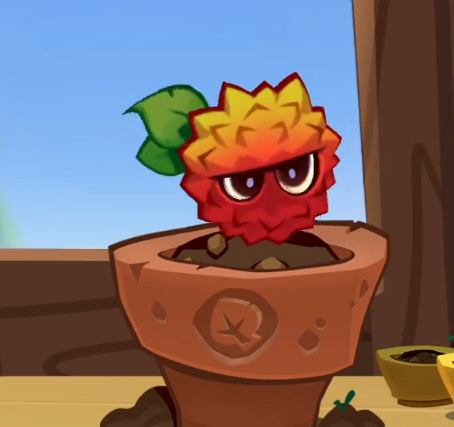
4. Streetlight Flower
This is a special plant, and players need to understand its effects to utilize it effectively. The Streetlight Flower has 300 HP, which is relatively low among the current plants. This plant cannot attack zombies. Its planting cooldown time is 15 seconds, which is not short. The main effect of this plant is to dispel fog directly when it appears, allowing players to see enemies hidden in the fog. Its skill, Daylight, when activated, increases the attack speed of all plants within a 3x3 range. Overall, the Streetlight Flower can play a significant role in foggy levels.

5. Carrot Umbrella
This is a new plant that appears in the third generation. This plant is also a special type. It has 300 HP and no attack power. The cooldown time is 15 seconds, which is relatively high. The sun cost to summon it is very low, just 1. Its skill can block attacks from the air and also repel airborne zombies. Its skill, Radiant Glow, when activated, restores its own HP and resets the number of bounces to maximum.
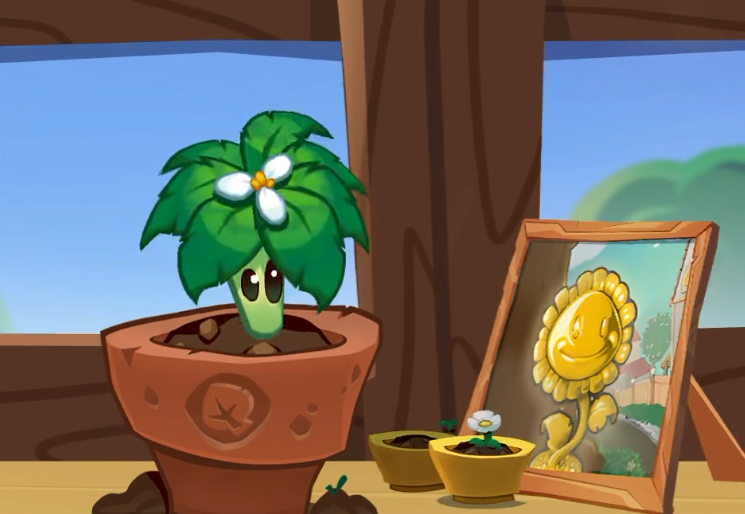
The above are the Plants vs. Zombies 3 plant guide introductions. These five are the ones most discussed in the current game. Each of these plants has different abilities. Players need to understand their functions clearly so they can properly utilize their capabilities in the game scenes.
